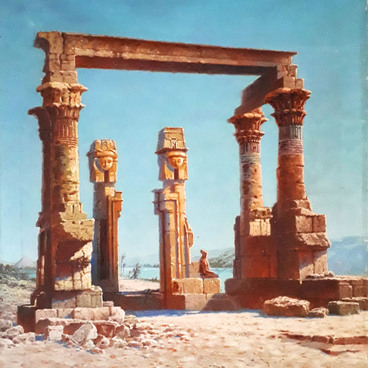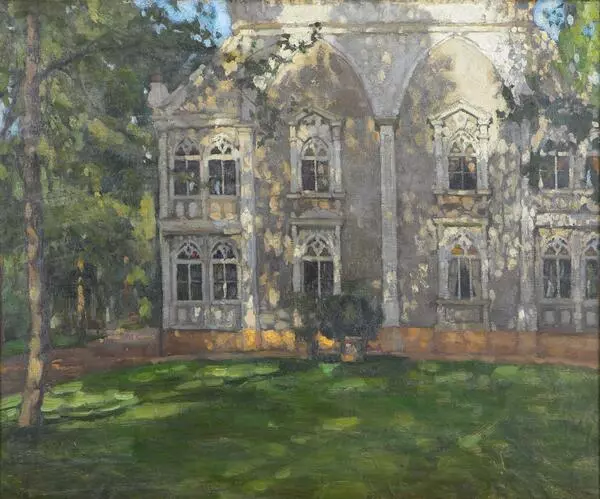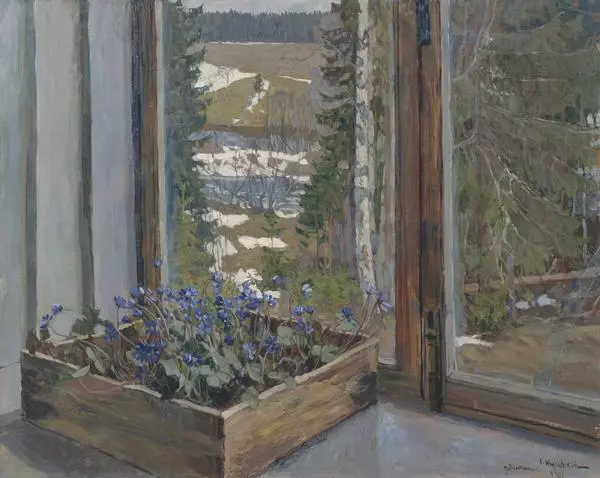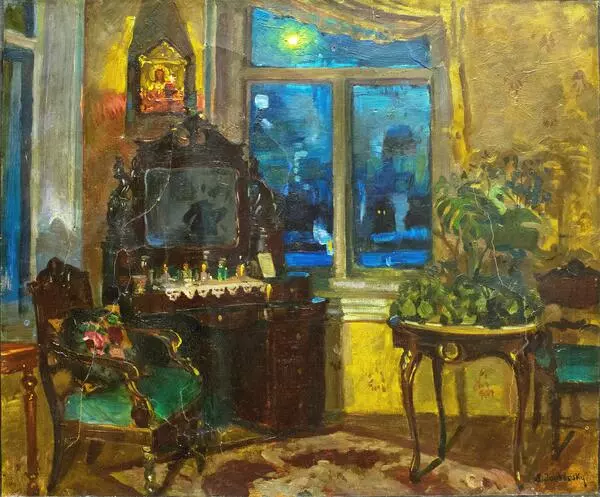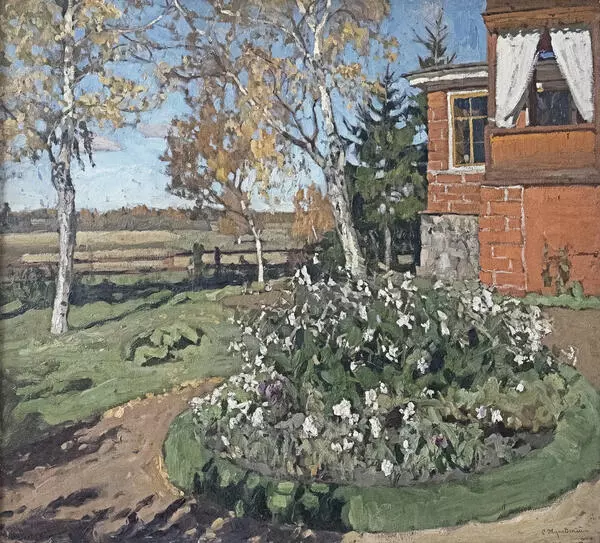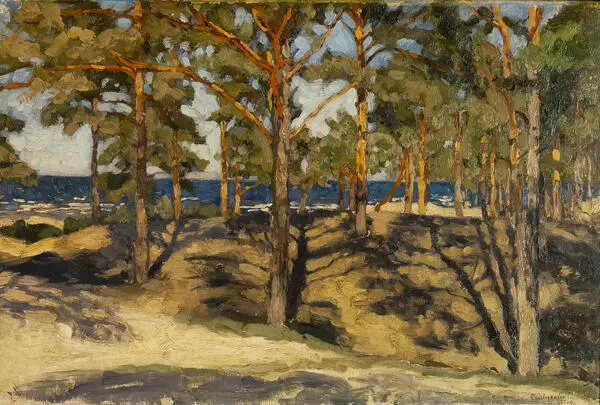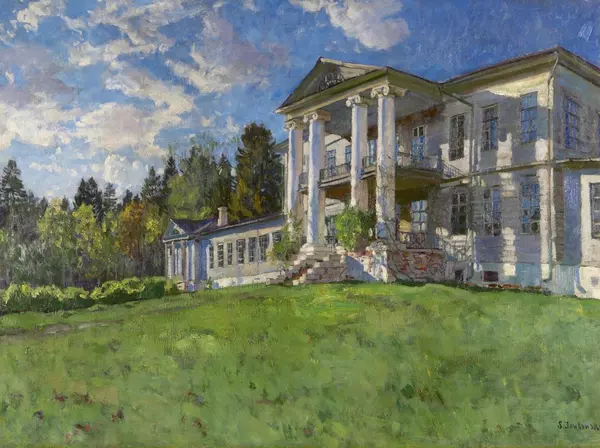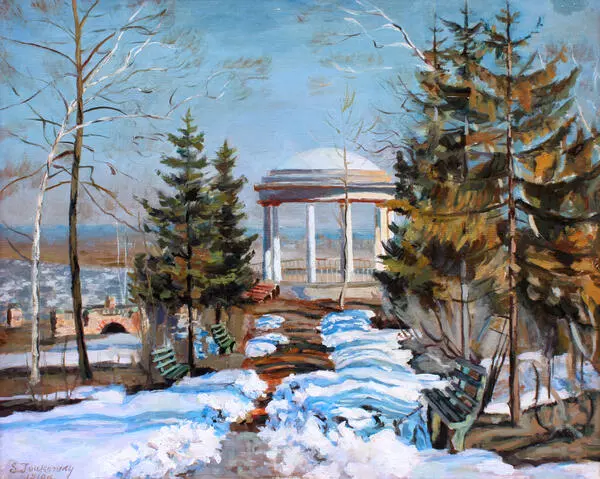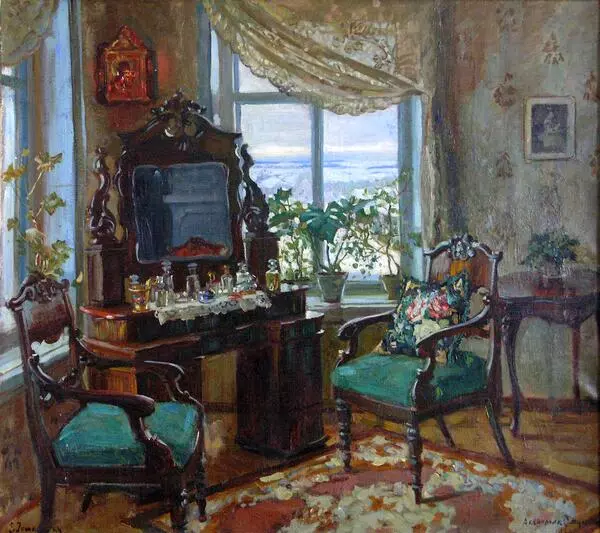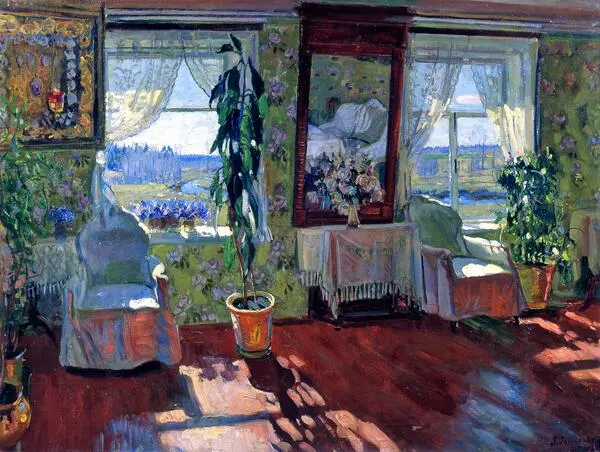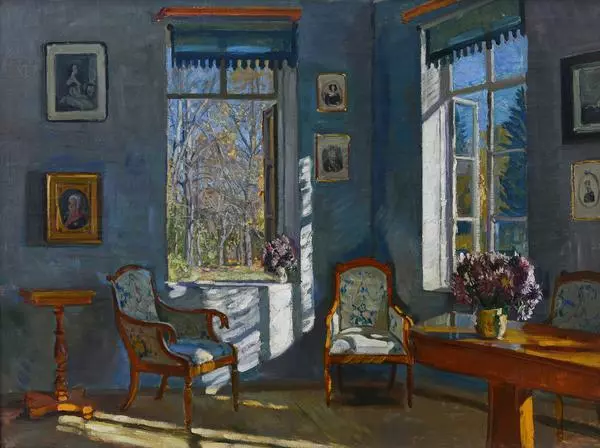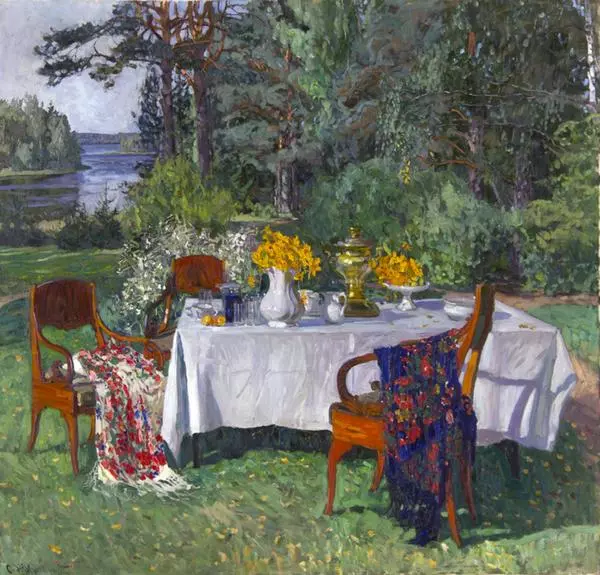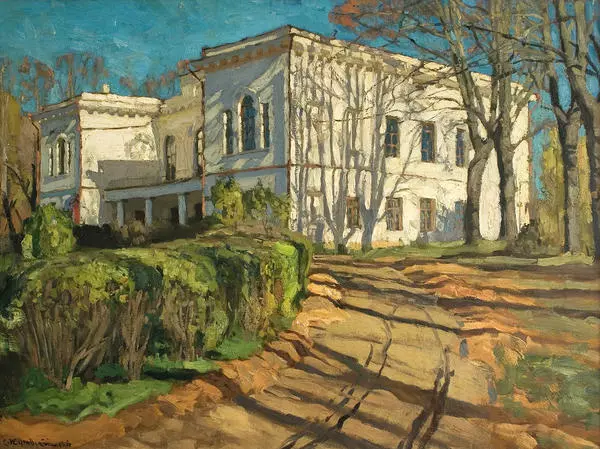The Russian painter Stanislav Yulianovich Zhukovsky (1873–1944) was a master of the manor-landscape genre. After initial home education, he entered the Warsaw Classical Gymnasium of Lagowski, then his parents sent him to the Bialystok Real School.
In 1892, Stanislav Zhukovsky began studying at the Moscow School of Painting, Sculpture and Architecture. Four years later, he took part in exhibitions of the Society for Traveling Art Exhibitions, and two of his paintings were purchased for the collection of the Tretyakov Gallery. In 1903, the artist joined the Society for Traveling Art Exhibitions.
In 1906, Stanislav Zhukovsky opened his own private school, which provided general training. Its most famous student was the poet Vladimir Vladimirovich Mayakovsky. Zhukovsky took part in exhibitions of the World of Art association, and foreign exhibitions in Munich, Venice, and Rome.
After the revolution, Stanislav Zhukovsky was a member of the commission for the preservation of culture and monuments. In 1923, he left Russia. In Warsaw, the artist painted a lot and participated in exhibitions, His paintings were exhibited in Paris and Copenhagen. He continued to teach and opened a private painting school.
Stanislav Zhukovsky’s painting “The Last Rays” became an example of the manor-landscape genre. The artist depicted a part of the room that evening twilight is beginning to fill. In the center of the painting, light spills from an open window, through which green trees and flowers are visible. The rays of the sun illuminate part of the portrait and the piano. All this fills the austere interior of the estate with life.
The artist was proud to be called a Russian impressionist, but did not like when his work was compared with the paintings of French artists. He believed that Russian nature should be painted gently, emphasizing its restrained beauty.
In 1944, Stanislav
Yulianovich Zhukovsky was arrested by the Nazis. He ended up in a concentration
camp near Warsaw, where he died at the end of the summer of the same year. The
artist was buried in a mass grave along with other prisoners of the camp. This
is how the life of one of the largest Russian landscape painters of the early
20th century ended.


